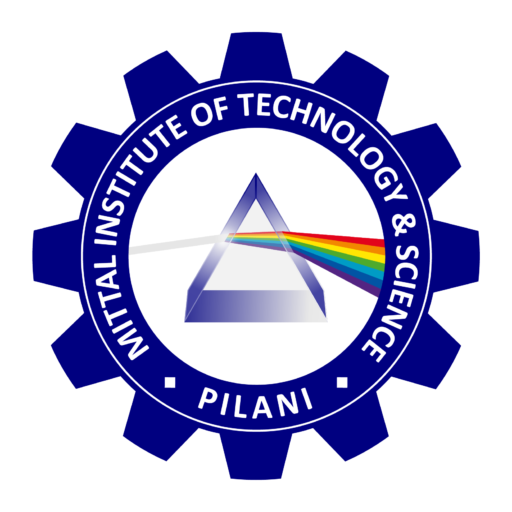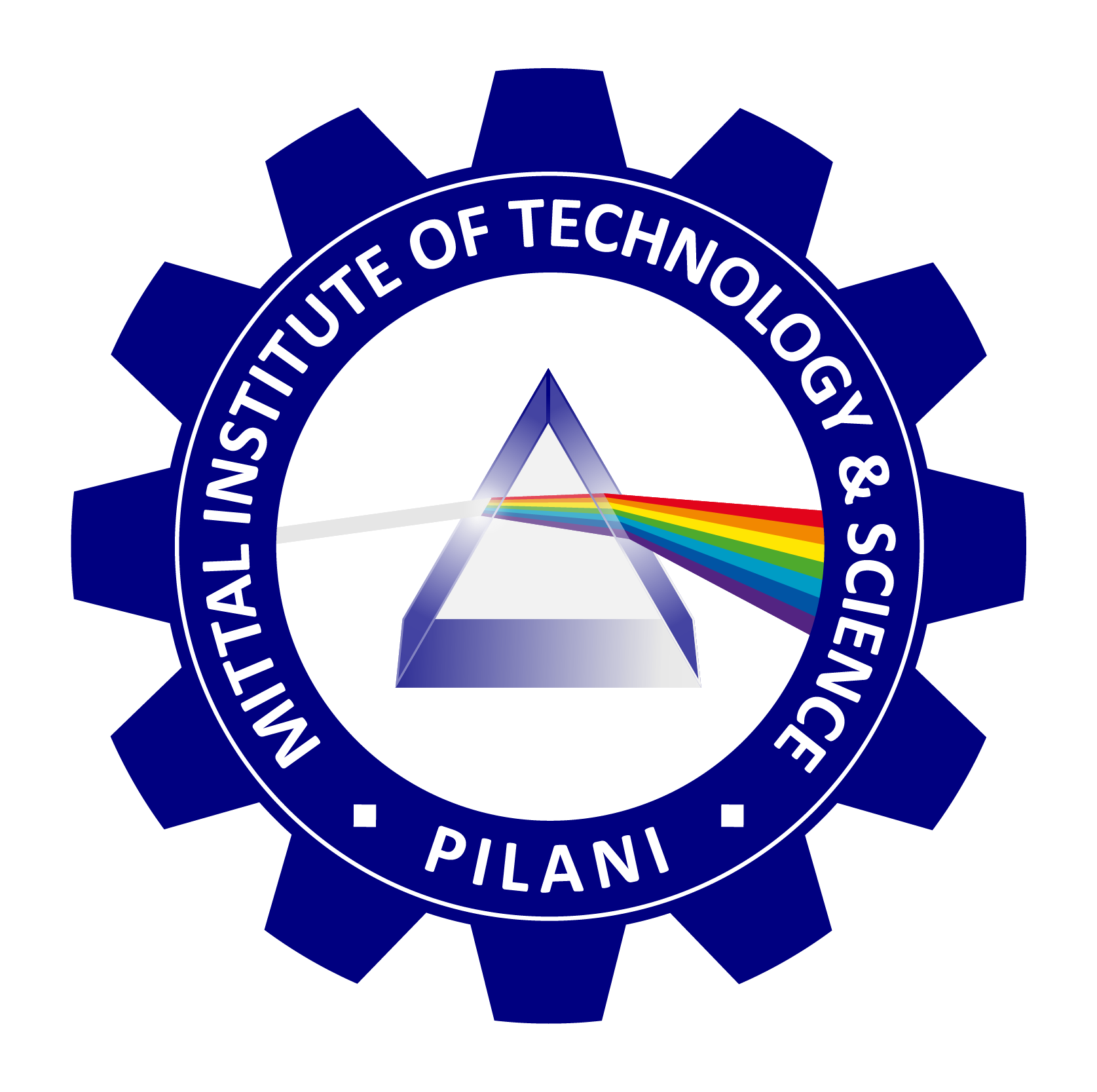
MITTAL INSTITUTE OF TECHNOLOGY & SCIENCE, PILANI
Mathematical Techniques Used in Operations Research
Operations Research (OR) is a multidisciplinary field that applies advanced analytical methods to help make better decisions. At its core, OR leverages mathematical techniques to model complex systems, optimize processes, allocate resources, and analyze risks. The field emerged during World War II, when military operations required systematic approaches to logistics and strategy. Today, OR is applied across industries like manufacturing, transportation, finance, healthcare, and logistics. The success of OR largely depends on the mathematical techniques it employs. Let us explore the most important among them.
- Linear Programming (LP)
Linear programming is perhaps the most widely used technique in operations research. It involves optimizing (maximizing or minimizing) a linear objective function, subject to a set of linear constraints. LP models are powerful in solving problems like production scheduling, transportation, diet problems, and resource allocation.
The standard form of an LP problem is:
Maximize (or Minimize)
Z = c₁x₁ + c₂x₂ + … + cₙxₙ
Subject to:
a₁₁x₁ + a₁₂x₂ + … + a₁ₙxₙ ≤ b₁
(and so on for multiple constraints)
The Simplex method, developed by George Dantzig, is the most common algorithm used to solve LP problems. More recently, Interior-Point methods have been developed to handle very large problems efficiently.
- Integer Programming (IP) and Mixed-Integer Programming (MIP)
While LP assumes continuous decision variables, many real-world problems require variables to take integer values (like the number of trucks or machines). This leads to Integer Programming (IP). When only some of the variables are restricted to integers, it becomes Mixed-Integer Programming (MIP).
IP and MIP are essential in solving combinatorial problems such as facility location, crew scheduling, and capital budgeting. Solvers use techniques like Branch and Bound, Cutting Planes, and Branch and Cut to find optimal solutions.
- Dynamic Programming (DP)
Dynamic programming is a method for solving complex problems by breaking them down into simpler sub-problems. It is particularly useful when the problem involves multiple stages of decision-making, where decisions at one stage affect future outcomes.
Applications of DP include inventory control, equipment replacement decisions, shortest path problems, and project scheduling (like the critical path method). The famous Bellman equation forms the basis for recursive solution approaches in DP.
- Queuing Theory
Queuing theory models the behavior of waiting lines or queues. It helps businesses understand congestion and optimize service efficiency. Using probability theory and stochastic processes, queuing models analyze factors like arrival rates, service rates, queue discipline, and the number of servers.
For example, an M/M/1 queue describes a system with a single server, Poisson arrival rate, and exponential service time. Queuing theory is widely applied in telecommunications, customer service management, hospital emergency rooms, and traffic flow analysis.
- Game Theory
Game theory analyzes competitive situations where the outcome depends on the actions of multiple decision-makers (players). It provides strategies for conflict resolution and negotiation.
Key concepts include Nash equilibrium, zero-sum games, cooperative games, and non-cooperative games. Applications range from economics and military strategy to supply chain negotiations and pricing strategies.
- Simulation Techniques
When real-world systems are too complex for analytical solutions, simulation models can approximate system behavior. Monte Carlo simulation is a common method that uses random sampling to estimate probabilities and outcomes.
Simulation is extensively used in risk analysis, inventory management, manufacturing systems, and healthcare operations to test scenarios and evaluate performance under uncertainty.
- Network Models
Network models represent problems in terms of nodes (points) and arcs (paths). Techniques such as Shortest Path Algorithms (Dijkstra’s, Bellman-Ford), Maximum Flow (Ford-Fulkerson method), and Minimum Spanning Tree (Kruskal’s, Prim’s algorithms) are core to this area.
Network models are fundamental in logistics, telecommunications, supply chain design, and transportation planning.
- Markov Decision Processes (MDP)
MDPs are used to model decision-making in situations where outcomes are partly random and partly under the control of a decision-maker. They are an extension of Markov chains, adding actions and rewards to capture sequential decision-making under uncertainty.
MDPs find applications in robotics, inventory control, finance, and reinforcement learning algorithms in AI.
The power of operations research lies in its ability to apply mathematical techniques to practical problems, offering structured, quantitative insights for better decision-making. Each technique has its strengths and is chosen based on the problem’s nature — whether deterministic or stochastic, static or dynamic, continuous or discrete. As businesses and systems grow increasingly complex, the importance of these mathematical tools continues to rise. Coupled with advancements in computing power and data availability, operations research remains at the forefront of optimizing the way organizations operate and compete in the modern world.
\

Professor Rakesh Mittal
Computer Science
Director
Mittal Institute of Technology & Science, Pilani, India and Clearwater, Florida, USA
